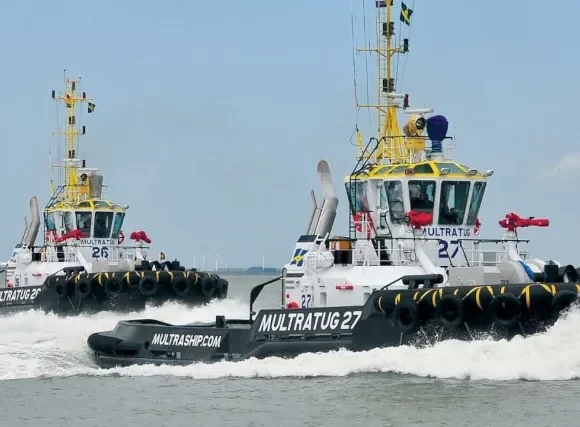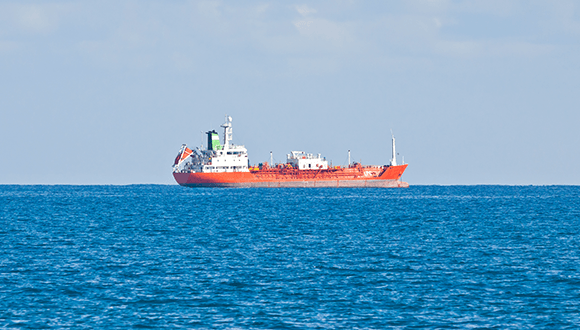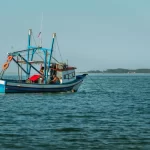Study for Developing Liquefied Natural Gas as Malta’s Maritime Fuel is a Go

Following the 2014 EU Directive for Member States to develop LNG refuelling infrastructures at maritime ports, the Energy and Water Agency has been handed a €600,000 EU grant.
This will be used to look into the potential of developing liquefied natural gas (LNG) as Malta’s marine fuel. The technical study into LNG bunkering has a starting date scheduled this month, and the development of LNG refuelling infrastructures is expected to be completed by 2025.
The study is also expected to spur the government to set up a national policy in the field.
What is the study’s objective?
To identify optimal infrastructure solutions for developing maritime LNG bunkering in Malta offshore and outside of its ports.
The solutions should take into consideration safety and risk aspects, future market demand, attractiveness, and economic, environmental and geographical features.
These should also look into the possible synergy with the Malta-Italy gas pipeline interconnector that is being planned.
Who will handle the technical study?
The honour was granted to Tractebel Engineering S.p.A. after they won the public call for tenders. The EWA and the Transport Malta will help oversee the project.
Tractebel is an international company that provides life-cycle consultancy & engineering around the world with focus in the field of power, gas, nuclear, industry, and infrastructure for the GDF SUEZ Group, public or private markets, and international and national institutions.
The company is found in various locations, including France, Brazil, Italy and Thailand, with headquarters in Belgium.
Under the Connecting Europe Facility programme, the awarded amount of €600,000 is the maximum. It was taken out of the €14 million that was put up to support synergy actions that are designed to increase the sustainability between the transport and energy sectors.
Why LNG as marine fuel?
According to shipping executive Angus Campbell, “We’re going to see over time shipyards will have to become proponents of cleaner fuels … making the ship more hydrodynamic and engines more efficient”.
The shipping industry has recently adopted the go green manta. But the driving factor behind the use of alternative fuels like LNG can be owed to the International Maritime Organisation and the decisive environmental regulations it has set.
The switch to LNG from HFO (heavy fuel oils) is due to the following reasons:
- Higher marine fuel oil prices
- Increasing pollution concerns
- Significant poisonous sulphur emissions or SOx
- Substantial carbon dioxide (CO2) and nitrox or NOx gases emissions
- Tougher environmental and international standards
Moreover, LNG carriers are known to be extremely safe, making it an ideal fuel alternative. So even if it means introducing a new system on board to use LNG as fuel for conventional ships, it remains a safe and environmentally-friendly choice.
Of course, LNG is not without its risks.
Some of the risk-related items that must be considered include possible explosion in case of a gas leakage, high energy content of the LNG tank, extremely low temperatures of the LNG fuel, and their location or arrangement of systems.
Because LNG is a new fuel source in the maritime industry, inexperienced crew is also a risk factor.
Image Copyright artesiawells 123RF Stock Photo















